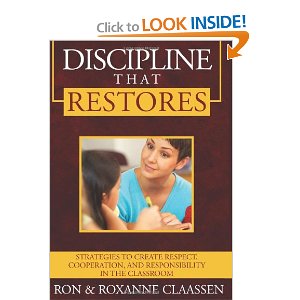 |
| Building a bridge |
We talked about the past in our lives both at school and in our families. We talked about how we had all had experiences of being hurt and we stopped to think about what it felt like. For some, tears welled in their eyes as they thought of situations that they usually tried to keep tidily tucked away in a box in the subconscious. Then we acknowledged that yes, we had all been hurt, but that we too had hurt others with our words and actions. We talked about how others felt when we stung them with words or turned our backs on them either figuratively or physically.
I shared with the students that forgiveness helps us let go of the hurt and the past. First the wrong has to be acknowledged, and then an apology offered. Once the apology is offered, the other person gets to choose how they will respond. At this point the hopeful offering has to be left in the court of the other person without expectation or demand that they will accept.
We talked about the power of the words, "Would you forgive me?" We talked about how the granting of forgiveness often overrides our emotional feelings when a person chooses the path toward reconciliation. We listened quietly to the impact of the words, "I forgive you."
At that moment an amazing thing happened in the classroom. One courageous, uninhibited little girl asked openly for another student to forgive her. One after another students asked and received from each other. Boys to girls, girls to girls, some with tears in their eyes (both genders) forgiveness rippled through. One student recalled a former student who had moved on..."I wish she could hear it...we all owe her an apology." They all agreed. I pretty much just sat back and watched.
At the conclusion of the catharsis one student said, "We should call this day...Forgiveness Day...and celebrate it every year on October 11. The other students agreed.
Later in the year, as conflict returned we needed to revisit that "magical moment." As we began, I walked to the door and without speaking, grabbed the broom propped in the corner and began to sweep as I opened the door. I began to explain, "Sometimes we sweep our hearts clean of unforgiveness, but it creeps back in like the leaves that tumble in when we open the door. We have to keep it swept clean by revisiting the idea and recommitting ourselves to it. Reconciliation has to be guarded."
At the end of that year, I moved on...so did they to seventh grade...some to other schools but the next September I received an email. A former student from the previous year was struggling in a new environment and recalled the upcoming date...she said, "I wish I could come back on that day...remember...October 11...Forgiveness Day...?" She even remembered the date! I forwarded her letter to the seventh grade teacher who later told me that the school decided to make Forgiveness Day a school wide celebration. Later, the student convinced her mother to let her return for 7th grade.
This was an example of student empowerment and the benefit of social-emotional learning. Good schools value students and value their learning holistically. Students who feel they have a voice and are supported are able to empathize with others. Empathetic awareness arms the school culture against bullying. Restorative practices focus on acknowledging the conflict, determining who was harmed and finding ways together to make it right. Listening and working together builds bridges in relationships and brings healing. When healing strategies are practiced - learning happens...and the school climate and culture begins to transform.
Inspired by:
Tuto, Desmond (1999). No Future Without Forgiveness. New York, NY: Random House, Inc.
 |
| Restorative Justice in the Classroom |
 |
| How to create a social-emotional classroom climate |

No comments:
Post a Comment